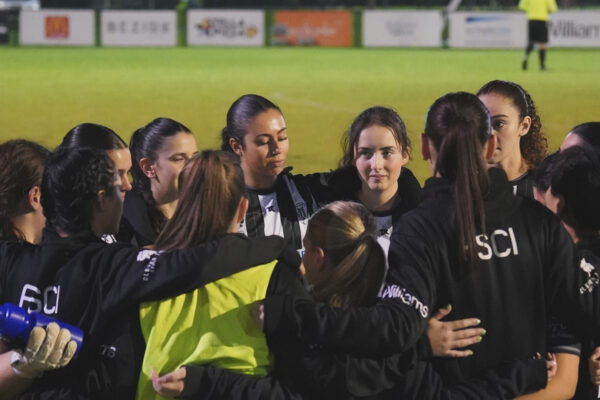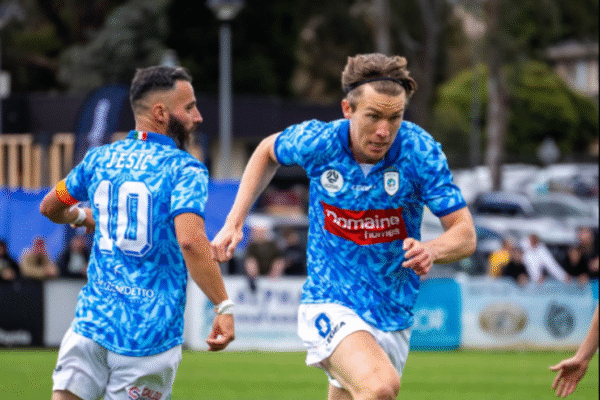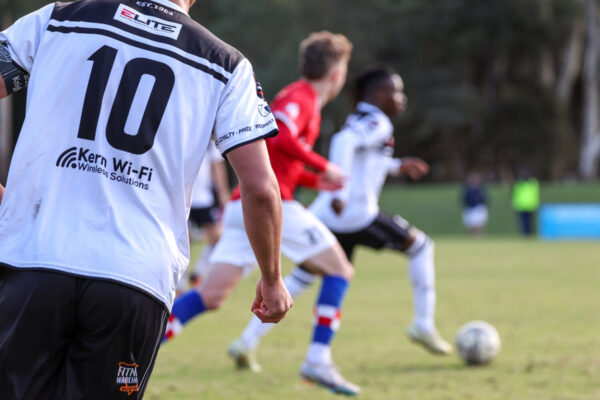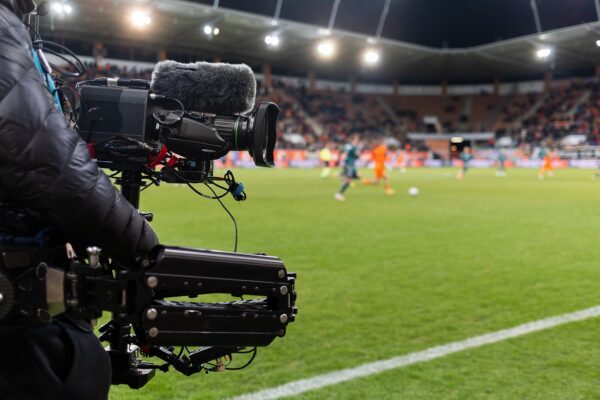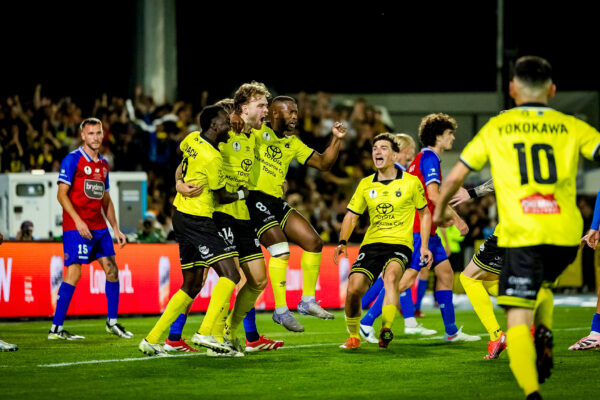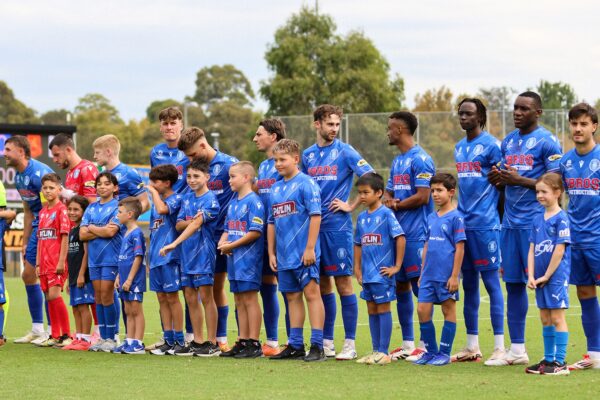
The Australian Professional Leagues (APL) have revealed a new identity for Australian football, launching a new logo and revamping the naming structure of the tiers within the game.
All of the existing properties under the APL (the A-League, W-League and Y-League) will be rebranded collectively under the ‘A-Leagues’ moniker, with the A-League to now be named ‘A-League Men’, the W-League to be called ‘A-League Women’ and the Y-League to be titled ‘A-League Youth’.
As a part of the rebranding, the A-Leagues will move towards a unified social media channel for men’s and women’s football, across Facebook, Instagram and TikTok in the coming months, with the A-League website also set to be re-launched.
A world-class digital football platform is also on the APL’s agenda, which will become the home of football in Australia.
Danny Townsend, Managing Director of the APL, touched on the rebranding of the leagues.
“It’s not men’s football, or women’s football, it’s just football,” he said.
“We’re committed to growing the game in Australia – for everyone. That means delivering a world-class experience on and off the pitch and inspiring the next-generation of A-Leagues superstars to fulfil their highest potential. This is just the beginning of our ambitious, long-term vision for the growth of football in Australia.”
Ant Hearne, Chief Commercial Officer of the APL, said: “We know our fans live and breathe football so we want to create the best possible experience in the stadium, at home, on the move, through gaming or fashion or food – however fans want to connect with football, we will deliver.”
The new A-Leagues 2021-22 season will kick off on November 19 for A-League Men and December 3 for A-League Women.



